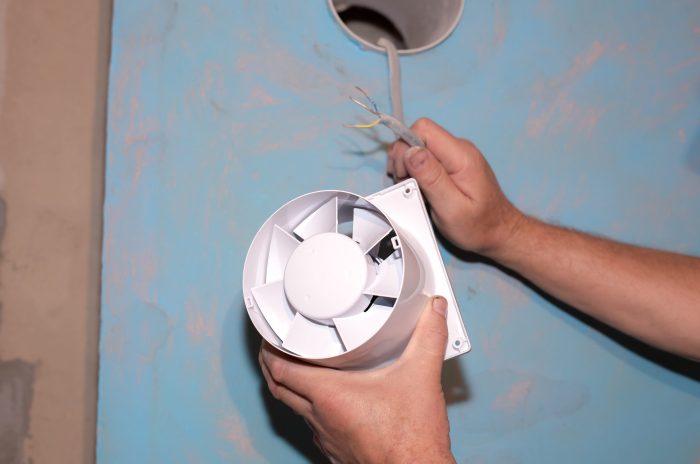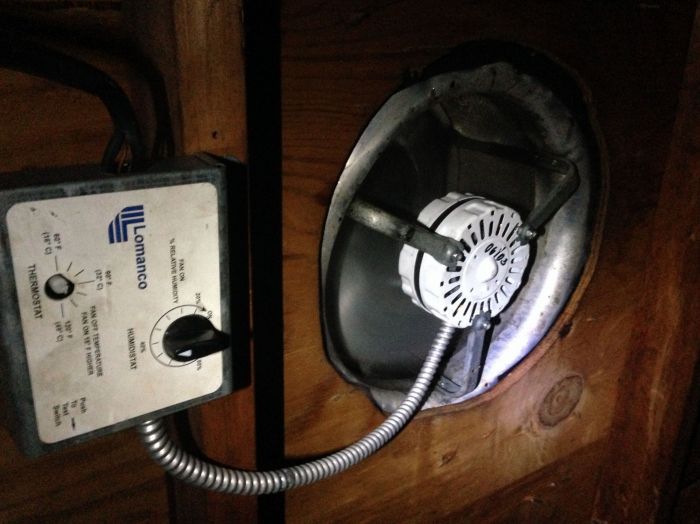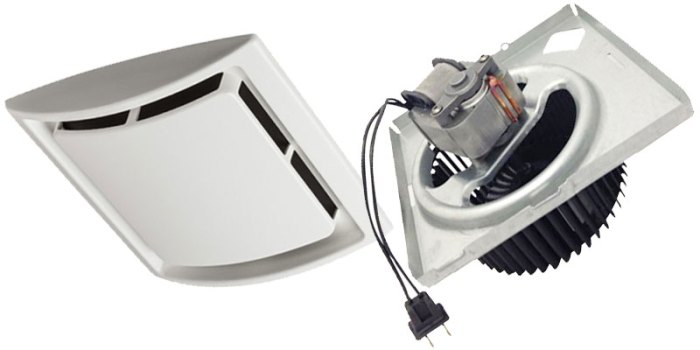Bathroom exhaust fan motors are essential for maintaining proper ventilation and preventing moisture buildup in bathrooms. However, over time, these motors can develop noise issues, which can be both annoying and disruptive. Understanding the common causes of noise in bathroom exhaust fan motors and how to repair them can help you restore peace and quiet to your bathroom.
In this comprehensive guide, we will delve into the troubleshooting and repair process for noisy bathroom exhaust fan motors. We will cover safety precautions, common causes of noise, step-by-step repair instructions, and tips for preventing future noise issues. Whether you are a seasoned DIY enthusiast or a complete novice, this guide will provide you with the knowledge and confidence to tackle this common household problem.
Introduction to Noisy Bathroom Exhaust Fan Motors
Bathroom exhaust fan motors are essential components that help maintain a healthy and comfortable indoor environment by removing moisture and odors from the bathroom.
Over time, these motors can develop noise issues due to various reasons, such as worn bearings, loose parts, or electrical problems. Understanding the common causes of noise in bathroom exhaust fan motors can help you troubleshoot and resolve the issue effectively.
Common Causes of Noise in Bathroom Exhaust Fan Motors
- Worn Bearings: Worn bearings can cause a grinding or squealing noise due to increased friction between the moving parts.
- Loose Parts: Loose screws or other components can rattle or vibrate, creating noise.
- Electrical Issues: Electrical problems, such as a faulty capacitor or motor winding, can cause a humming or buzzing sound.
- Imbalance: An unbalanced fan blade can create vibrations that result in noise.
- Dirty Fan Blades: Accumulation of dust and debris on the fan blades can affect their balance and create noise.
Safety Precautions
Working with electrical appliances requires utmost caution to prevent accidents. Follow these safety precautions before attempting any repairs on your bathroom exhaust fan motor:
1. Turn off the power to the exhaust fan at the circuit breaker or fuse box. This is crucial to avoid electrical shock.
2. Disconnect the exhaust fan from the power source by unplugging it or removing the wires from the terminal block. Use insulated pliers or a screwdriver for this task.
3. Use a multimeter to test for voltage before touching any electrical components. Set the multimeter to the AC voltage setting and touch the probes to the terminals of the exhaust fan motor. If there is any voltage present, do not proceed with the repair and call a qualified electrician.
Repairing the Exhaust Fan Motor
Before beginning any repairs, ensure the power to the exhaust fan is turned off at the circuit breaker. If you are not comfortable working with electricity, it is best to call a qualified electrician.The most common cause of a noisy bathroom exhaust fan motor is worn bearings.
Bearings are small, round devices that allow the motor shaft to rotate smoothly. Over time, bearings can wear out and cause the motor to make a grinding or squealing noise.To replace the bearings, you will need a new set of bearings that are the same size as the old ones.
You will also need a screwdriver, a wrench, and a pair of pliers.
- Remove the front cover of the exhaust fan.
- Locate the motor and remove the screws that hold it in place.
- Carefully lift the motor out of the fan housing.
- Remove the old bearings from the motor shaft.
- Install the new bearings onto the motor shaft.
- Reassemble the motor and fan.
- Test the fan to make sure it is working properly.
If the motor is still noisy after replacing the bearings, it may need to be lubricated. To lubricate the motor, you will need a few drops of lightweight oil.
- Remove the front cover of the exhaust fan.
- Locate the motor and apply a few drops of oil to the bearings.
- Reassemble the fan and test it to make sure it is working properly.
If the motor is still noisy after lubricating it, it may need to be tightened. To tighten the motor, you will need a screwdriver or a wrench.
- Remove the front cover of the exhaust fan.
- Locate the motor and tighten the screws that hold it in place.
- Reassemble the fan and test it to make sure it is working properly.
Reassembly and Testing
Once the motor has been repaired, it’s time to reassemble the exhaust fan and test it for proper operation. This process involves reconnecting the motor to the fan blades and housing, as well as reconnecting the electrical wires.
Reconnecting the Motor
- Carefully align the motor shaft with the fan blades and slide the motor back into the housing.
- Secure the motor in place using the screws or bolts provided.
- Reconnect the electrical wires to the motor terminals, ensuring proper polarity.
- Double-check all connections to ensure they are secure.
Testing the Fan
- Turn on the power to the exhaust fan and observe its operation.
- The fan should run smoothly and quietly, without any noticeable vibrations or noises.
If the fan is still noisy, check the following
Ensure the fan blades are properly balanced.
Inspect the motor bearings for any signs of wear or damage.
Check the electrical connections for any loose or damaged wires.
Additional Tips and Considerations
Maintaining a quiet bathroom exhaust fan motor not only ensures a peaceful environment but also extends its lifespan. Here are some tips to prevent future noise issues:
Regular Maintenance and Cleaning
Regularly clean the fan blades, housing, and motor to remove dust and debris that can cause noise and imbalance. Inspect the fan for any loose parts or worn components and tighten or replace them as needed.
Lubrication
Apply a few drops of light oil to the motor bearings to reduce friction and prevent squealing noises. Avoid over-lubrication, as excess oil can attract dust and dirt.
Seeking Professional Help
For more complex repairs, such as electrical issues or bearing replacements, it’s best to seek professional assistance. A qualified electrician or HVAC technician can diagnose the problem and perform the necessary repairs safely and effectively.
Final Conclusion
By following the steps Artikeld in this guide, you can effectively repair a noisy bathroom exhaust fan motor and restore its optimal performance. Remember to prioritize safety throughout the repair process, and do not hesitate to seek professional assistance if you encounter any complexities.
With regular maintenance and care, you can ensure that your bathroom exhaust fan motor operates quietly and efficiently for years to come.



